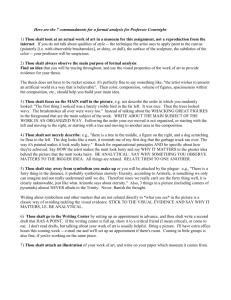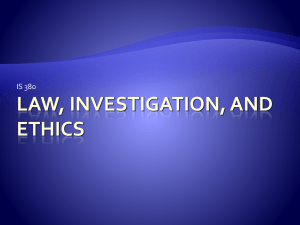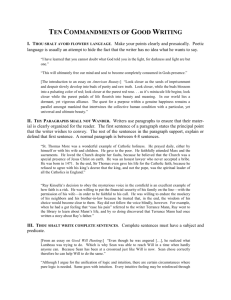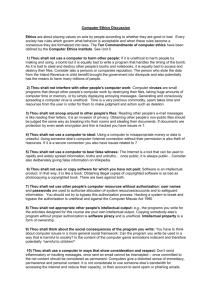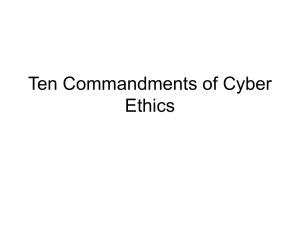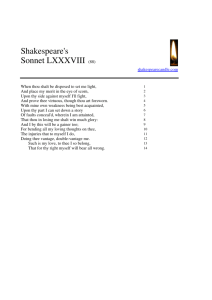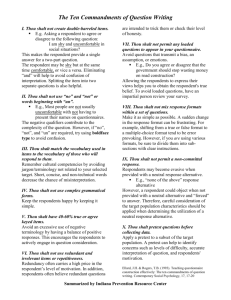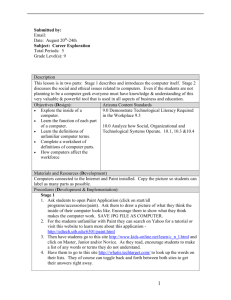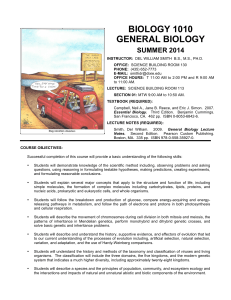How to prepare and deliver a presentation
advertisement
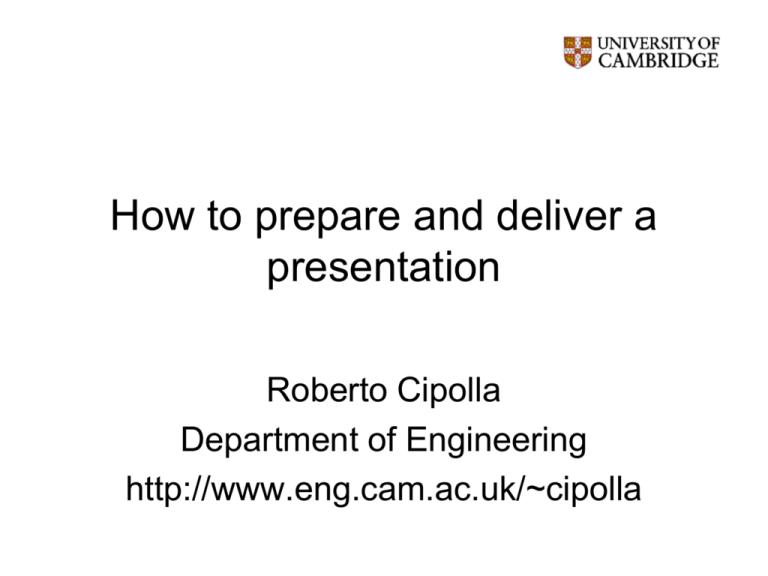
How to prepare and deliver a presentation Roberto Cipolla Department of Engineering http://www.eng.cam.ac.uk/~cipolla 1. The problem? Effective Communication What do you want to achieve? • • • • Educate and inform Inspire/interest and persuade Entertain Must grab and hold attention Reinforce with Visualization Audience retain more if hear and see Reinforce with Visualization Hear See Hear and See 10 20 30 40 50 60 Recall (%) Audience retain more if hear and see Fear of public speaking • • • • • • • • • • Public Speaking Heights Insects Financial Problems Deep Water Sickness Death Flying Loneliness Dogs Outline • • • • Preparation Structure of the presentation Visual aids and slides Practice and delivery 2. Planning and Preparation Planning • Purpose - why and what? • Audience – who and where? Planning • • • • Know your subject Develop a theme List the key concepts and points to convey Begin to think about ways of illustrating the key points • Max of 1 slide per minute, 4 key points in 45 minute presentation 3. Structure of presentation The Structure • Opening – Tell them what you are going to tell them • Body – Tell them • Summary – Tell them what you told them Structure - opening Structure - opening • Need a strong beginning • Few seconds to convince audience: – I will not waste your time – I am well organized – I know who you are – I know my subject Structure - opening • Introduce problem to be addressed and context • State purpose, scope and main message • Give outline of presentation Structure – main body • Make a story board • Break up with each section making a key point • Present incrementally, concisely and in logical order • Illustrate with clear examples and visual aids Structure – main body . Structure - closing • Must have a clear end to talk • Brief and simple summary of main points • Reinforce the main message • Put in context of the “big picture” 4. Visual Aids Slides • Header – headline for main point • Body - one point, keep it simple - don’t overcrowd with bullets and details Slides - tell story with pictures •Illustrate with images and animations to explain difficult points and generate interest. Slides - tell story with pictures Example – multiview stereo Example Example Example Example Slides - fonts and colours • Choose legible type and size (8H rule) Arial and 32 pt Edwardian and 32 pt Arial and 28 pt Edwardian and 28 pt Arial and 20 pt Edwardian and 20 pt • Colour combinations Slides – use equations sparingly 5 Practice and Delivery Talk, don’t read! You have several choices for how you deliver your speech Memorizing the Speech Reading From a Text + allows eye contact - difficult for long speeches - room for precision errors - no room for improvising + ensures precision - does not sound natural - no room for improvising - hinders eye contact Winging It Speaking From Slides + sounds natural - has much room for error + insures organization + allows eye contact + allows improvising - some room for error Don’t lose audience • Keep audience informed about what you are doing and why? • Summarize points you would like them to go away with Dealing with nervousness • All accomplished public speakers feel nervous before talks – adrenalin helps! • Be well-prepared: – Rehearse with friends – Make sure presentation is well structured – Arrive and set up early • During presentation: – Memorize opening – Smile, breath deeply, slow down and pause How to give a bad talk Thou shalt not be neat Thou shalt not waste space Thou shalt not covet brevity Thou shalt cover thy naked slides Thou shalt not write large Thou shalt not use color Thou shalt not illustrate Thou shalt not make eye contact Thou shalt not skip slides in a long talk Thou shalt not practice Always finish with summary Questions 6. Summary Summary • Before you start preparing your talk – Know your audience and select the message • Structure and preparation of slides – Select key points – Organize content - Keep story simple – Use visual aids • Rehearse, rehearse, rehearse • Giving the talk – Grab and hold audience’s attention “It usually takes more than three weeks to prepare a good impromptu speech” Mark Twain References • Good talks motivate audience to investigate further. Give links to more information. • http://www.canberra.edu/studyskills/ • Simon Peyton-Jones
